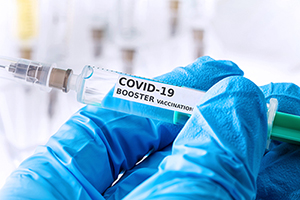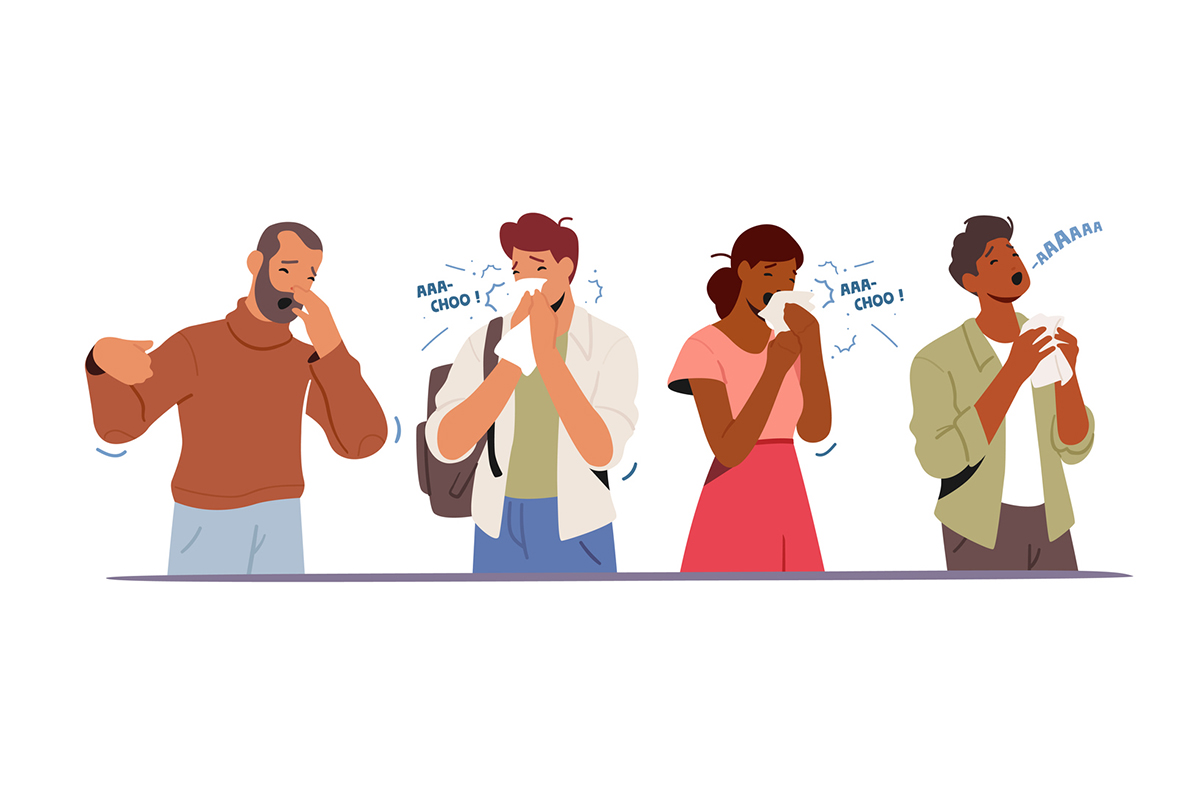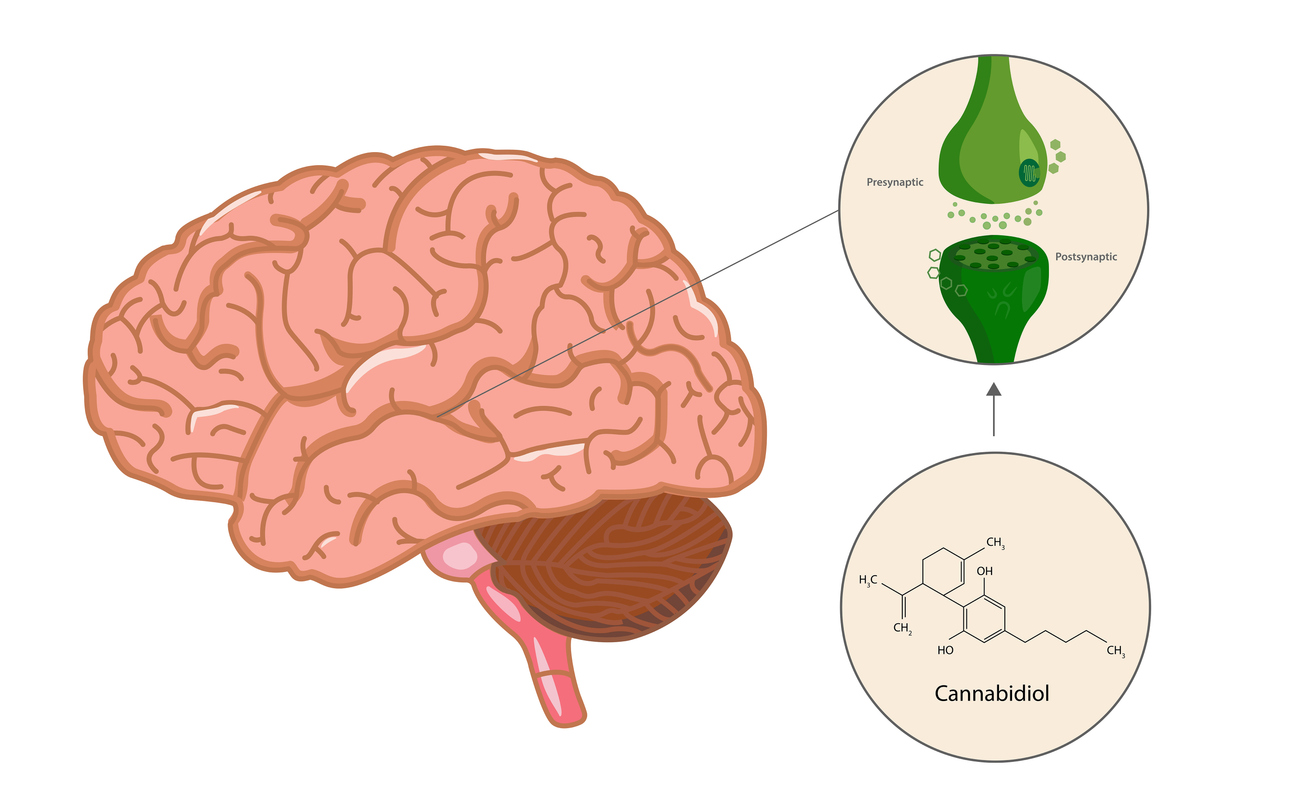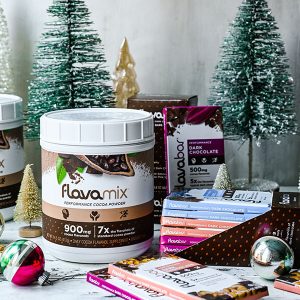President Biden recently tweeted “Here’s the deal: Unvaccinated individuals are 97 times more likely to die compared to those who are boosted. Protect yourself and those around you by getting vaccinated and boosted today.”
The assertion was widely parroted in the media. It’s been invoked as justification for universal booster mandates.
It’s based on a brand new CDC study that showed that the risk of dying of Covid among the unvaccinated was 9.7 per 100,000 persons; for vaccinated individuals it was 0.7 per 100,000; and for the vaccinated and boosted it was 0.1 per 100,000.
So, doing the math, 9.7 divided by 0.1 equals 97.
Notwithstanding the fact that other studies have shown a less spectacular but still robust protective effect—more on the order of 12 to 15-fold protection against death in those receiving 3 shots vs. the unvaccinated—let’s take an alternative perspective on this claim.
Mark Twain famously said: “There are three kinds of lies: Lies, Damned Lies, and Statistics.”
Statisticians highlight the distinction between absolute and relative risk. So, if we’re to believe in the CDC’s data that the relative risk of dying for the unvaccinated is 97 times higher compared to the vaccinated and boosted, in absolute terms, the risk of dying of Covid even if you’re unvaccinated is extremely low: It’s only 0.0097 per cent or about 1/100th of a percent.
Moreover, if you were to apply a mathematical formula called number needed to treat (NNT) to this situation, we get a completely different perspective.
NNTs are often utilized in medical trials to support—or refute—the practical impact of an intervention, whether it be a new drug, a surgery, or even a lifestyle change.
For example, a statin drug might lower the risk of heart attacks by a significant percent. But according to an NNT analysis, a hundred people might have to take it for five years to prevent one heart attack. 99 would have to take it unnecessarily, with attendant side effects and expense.
That’s where NNH comes in. It means number needed to harm. For example, if 100 were to take a statin and five were to experience side effects like liver abnormalities or leg pain, the NNH would be 20. That is, for every 20 persons you treat with a statin, one is likely to experience side effects.
From calculations like these, you can come up with a risk/benefit analysis. Is the intervention sufficiently safe and effective to merit its widespread application? It may depend on the target group. Giving statins to people who’ve had heart attacks is likely to yield a better NNT and risk/benefit ratio than giving statins to healthy middle aged men.
So let’s plug the CDC’s numbers into an NNT formula. Using their statistics on the relative risk of death for unvaccinated vs. vaccinated and boosted we get an astonishing NNT of 10,417. (Math wizards, try it yourself here.) That means 10,417 individuals would have to undergo vaccination and boosting to save one life.
Granted, saving even one life is certainly a priceless goal, and there may be additional benefits from boosters accruing to the 10,416 individuals who weren’t going to die of Covid anyway: reduced severity of Covid, protection from Long Covid, and possibly decreased risk of transmission, although with highly contagious Omicron that’s not entirely clear.
But then there are the side effects of the vaccine, which although uncommon, nonetheless are far more frequent than any vaccine heretofore approved for universal use, much less mandated. They include Bell’s Palsy, myocarditis, blood clots, and rarely, death.
So, even conservatively positing a one in 10,000 incidence of serious side effects from the vaccines, the NNH becomes 10,000, which has to be weighed against the equivalent risk reduction the vaccine confers—especially minimal for the young and those without comorbidities who are at infinitesimal risk from Covid to begin with.
The other problem I have with the audacious pronouncement that boosters make it 97 times less likely you’ll die from Covid is something familiar from many observational studies. For example, a study might “prove” vegetarians are less likely to die from heart disease. But what skews this type of research is that vegetarians might be more careful in many other aspects of their lives; they may exercise conscientiously, meditate or perform yoga, drink and smoke less, take vitamins, sleep better, maintain healthy weight, and visit doctors more responsibly for preventive checkups.
Similarly, vaccinees might be more crowd-averse, more likely to mask, or tend to address comorbidities with lifestyle changes. After all, they take the risk of Covid more seriously than unvaccinated Covid “denialists.” They’re probably by and large more educated and affluent, which may in itself safeguard health. In research, this effect is referred to as confounding.
In fact, the CDC study authors admit as much: “. . .despite adjustments to balance the differences between unvaccinated and vaccinated adults, unmeasured and residual confounding (e.g., wearing a mask and close contact with persons with COVID-19) in this observational study might have biased the estimates.”
Additionally, the researchers qualify their findings because they have no idea how long-lasting the effects of the boosters might be: “ . . . median interval from receipt of dose 3 to medical encounters was 41–44 days; thus, the observed performance of dose 3 is limited to a relatively short period after vaccination.” How quickly might protection wane?
Another consideration is that the study was performed when Delta was raging and milder Omicron was just beginning to assert itself. The ratio of cases was 98% Delta, just 2% Omicron. Deaths occurred before the introduction of newly available antivirals like Molnupiravir, which has shown strong efficacy in preventing mortality, even among unvaccinated persons. Vaccines are less effective against Omicron, and Omicron is less likely to kill you. Might the results be different if the CDC study were to be conducted in the current environment of waning Covid?
Finally, the astounding protection conferred by the booster might not be typical of what might be expected in the real world: “. . . although the facilities in this study serve heterogeneous populations in 10 states, the findings might not be generalizable to the U.S. population.” In other words, an honest disclaimer that “results may vary.”
Even more perplexing is the status of people who’ve had the requisite two vaccine series and have also had Covid. They have “hybrid immunity”—a combination of vaccine protection plus natural immunity. The latter has been demonstrated to be more comprehensive and durable than vaccination alone. Should they be compelled by mandates to go on to receive a booster? Will it add materially to their protection? Or will the booster unnecessarily compound their risk of a vaccine reaction? We’re on terra incognita with this issue—it’s not addressed in the CDC study. (See a recent op-ed in the Washington Post by vaccine proponent Paul Offit MD: “People who have had Covid-19 don’t need three vaccine shots”)
So, while boosters might be appropriate for select individuals at high risk of serious Covid, the President’s tweet is unnuanced and simplistic—as has been much of the official communication about Covid prevention and treatment as we approach the two year mark of the pandemic.







